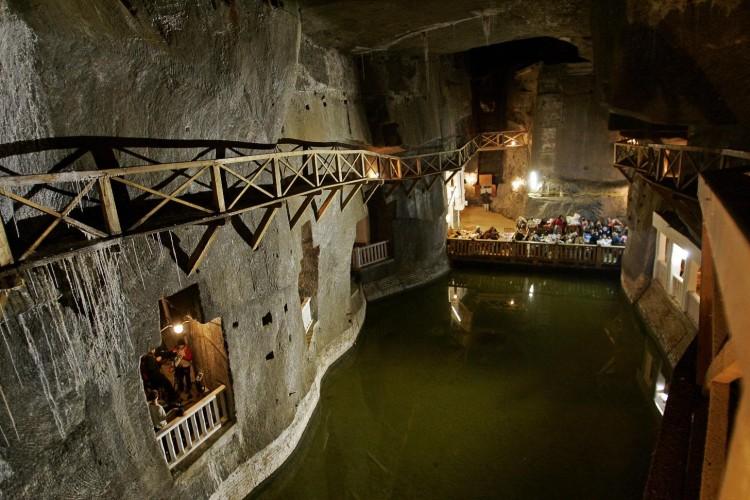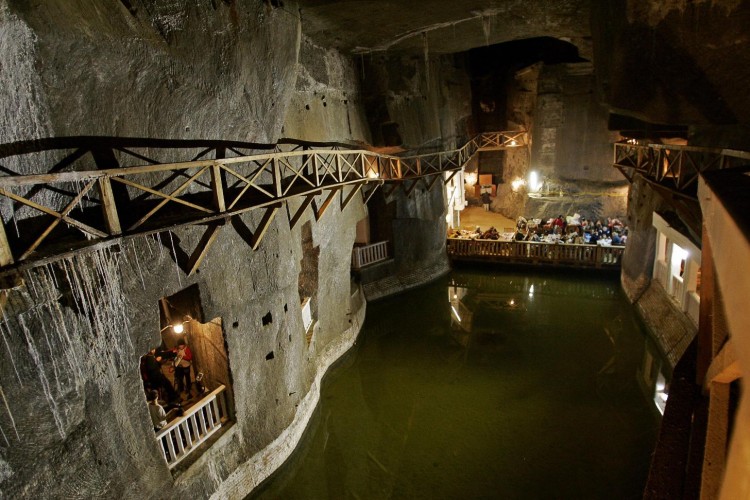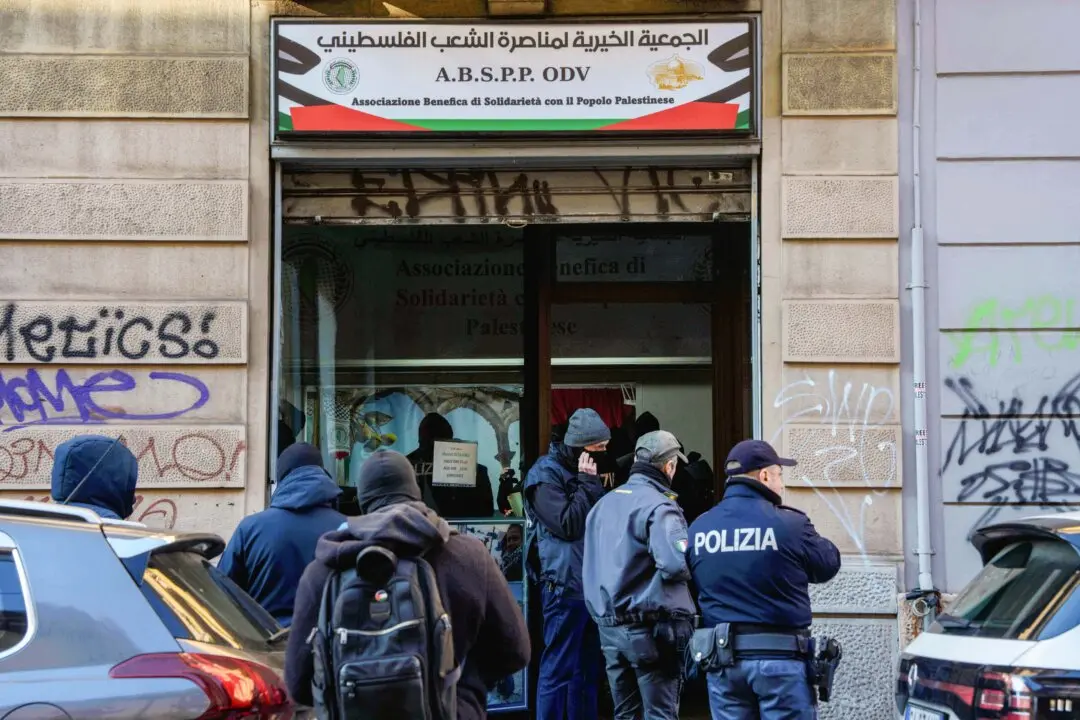WIELICZKA, Poland—The day began with a painfully early descent into the dark catacombs of Warsaw’s central train station to catch the morning express to Krakow.
Through labyrinthine subterranean tunnels, well below street level, we move in step with the puffy-eyed commuter crowd on their way to a break-of-dawn start in one of the new glistening office towers looming over the aging station.
Go against the station’s flow, and in no time a fenced-off dead-end reminds you that veering off course in what amounts to a giant construction site with complicated detours, crisscrossing shafts, and closed loops, will make you late, lost, or both.
The foreign delegation of 150-plus VIPs that I’m traveling with as a documentary videographer fills the platform to capacity and the train pulls up. Soon we’re on our languid way, high-speed trains in Poland being almost as imminent a reality as flying cars and time travel.
At least the three high-tech train cars, specially commissioned for this international group of VIPs, are contemporary enough to assure face-saving veneer of modernity, which Poland’s rail system cannot otherwise boast.
About three and a half hours later, we arrive at Krakow train station—also being modernized—and after a breakneck tour of the old town we ride to one of Poland’s great tourist highlights—the Wieliczka Salt Mine.
This mine, an official United Nations World Heritage site, is an experience unlike any other. A tour of what many experts say is the world’s 14th oldest company, starts with a passage through an inconspicuous door followed by an ominous descent over 200 feet down an eerily lit wooden staircase to the tour level.
Then, 378 precarious steps later, the group and I replete with a preposterously unwieldy tripod and camera combination that I had insisted on bringing along, stood at the entrance to a deep wooden beam-lined tunnel. The shaft lead into the depths of a mine that started excavating rock salt in the 13th century.
The normally chipper tour guide gave us a stern warning not to stray from the group or the tour path, since the two-mile circuit would take us through a mere 1 percent of the mine’s vast network of tunnels and it would be a shame to have to send a search and rescue team to find and retrieve lost stragglers. “If they are ever to be found,” she added. “The tunnels here span a longer distance than from Krakow to Warsaw.”
The big attraction in Wieliczka is the history carved into the walls of the tunnels and shafts. The old miners, being a pious lot, carved an immense cathedral into the salt rock. Among the countless religious and decorative carvings and sculptures, the cathedral boasts a replica of Da Vinci’s Last Supper in bas-relief and several chandeliers made of salt crystal that illuminate the chamber. The cathedral art was done by three miners that spent their free time for 68 years, carving the rock salt.
Equally impressive, the route to the cathedral is punctuated by rock salt monuments to some of Poland’s greats, like Marshall Jozel Pilsudzki, the military man who led Poland to independence after the first world war, and Pope John Paul II.
Other notables known to have traversed the tunnels and beheld the carved caverns are Nicolaus Copernicus, Frederic Chopin, Johann Van Goethe, and Bill Clinton.
The tour ended with a gala dinner in a huge restaurant-cavern, which is opened only for special events like the tour of foreign dignitaries I had the good fortune to accompany.
As the group sat down to dinner and was served by a staff of dozens of waiters in tails gliding along the rock salt floor, a formally attired miner orchestra played a repertoire of traditional Polish songs.
While the centuries old walls have surely witnessed countless versions of the same theme, the Wieliczka Salt Mine is an experience the guests will never forget.






